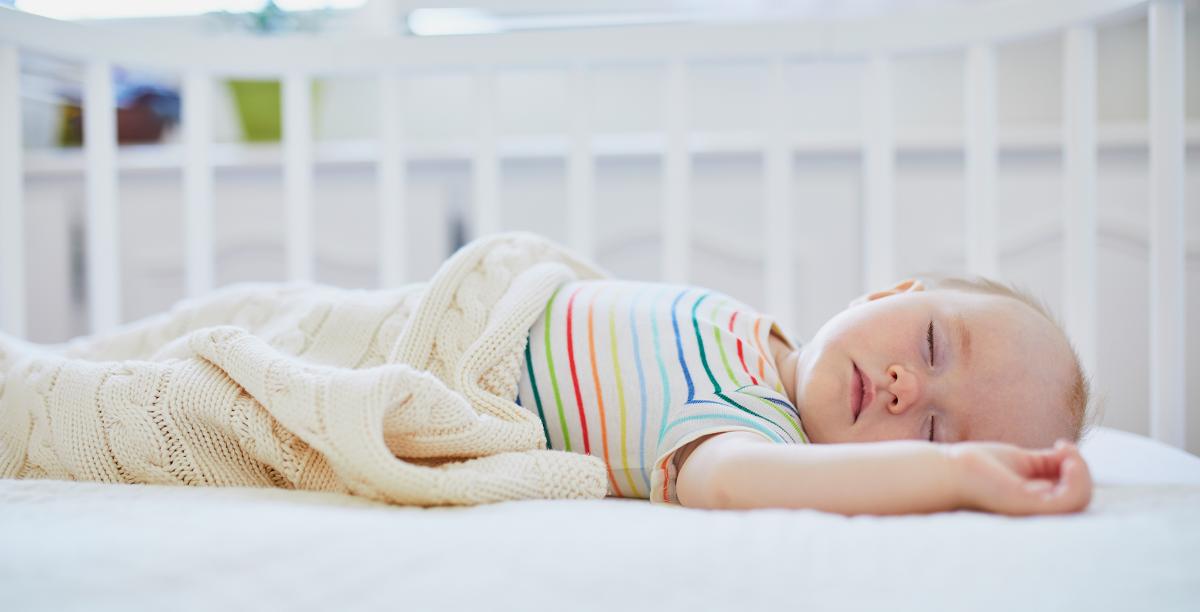These simple steps of advice from The Lullaby Trust to reduce the risk of SIDS are based on strong scientific evidence and should be used for all sleeping periods, not just at night.
1) Back to sleep
Always put your baby on their back for every sleep, day and night, as the chance of SIDS is particularly high for babies who are sometimes placed on their front or side.
2) Roomies
The safest place for your baby to sleep is a cot or Moses basket in the same room as you for the first six months, including during the day.
3) Stay cool
It is important to make sure that your baby’s room is not too hot or too cold. The chance of SIDS is higher in babies who get too hot. While international advice is to keep the room temperature between 16 and 20°C, this can be a challenge in the UAE. Experts recommend setting your AC to around 22°C (ensuring baby is out of the way of the direct air blast), putting babies in only two thin layers of clothing to sleep at night, and using a low-tog blanket or gro bag (around 0.5-1.5 tog).
4) Co-sleep with caution
If you choose to co-sleep, it’s important to do it as safely as possible – including keeping pillows, sheets, blankets or any other items that could obstruct your baby’s breathing or cause them to overheat away from your baby. Do not co-sleep if you or your partner smokes, has been drinking alcohol, is extremely tired, or if your baby was born premature or at a low weight. Sleeping on a sofa or armchair with your baby has been shown to increase the risk of SIDS by up to 50 percent.
5) Be firm
The safest mattresses for your baby are firm and flat and protected by a waterproof cover. Rather than being breathable, it is more important that a mattress is waterproof or has a waterproof cover. A waterproof cover helps to stop bacteria building up inside the mattress so there is less risk of infection, which may increase the risk of SIDS.
6) Keep the peace
Some research suggests that using a pacifier when putting a baby down to sleep could reduce the risk of SIDS, but it is advised to wait until after breastfeeding is established.
7) Ditch the details
The Lullaby Trust advises avoiding sleep pods or nests, pillows, duvets or thick bedding, cot bumpers, hammocks and sleep positions.
8) Night nurse
Breastfeeding lowers the risk of SIDS. Breastfeeding for at least two months halves the risk of SIDS but the longer you can continue the more protection it will give your baby.
9) Clear the cot
Babies are at higher risk of SIDS if they have their heads covered, so it is safest to keep baby’s cot clear of any items such as bumpers, toys and loose bedding. Unnecessary items in a baby’s cot can also increase the risk of accidents. Mattresses should be in good condition and both firm and flat, with no raised or cushioned areas.
(Agencies)









Comment